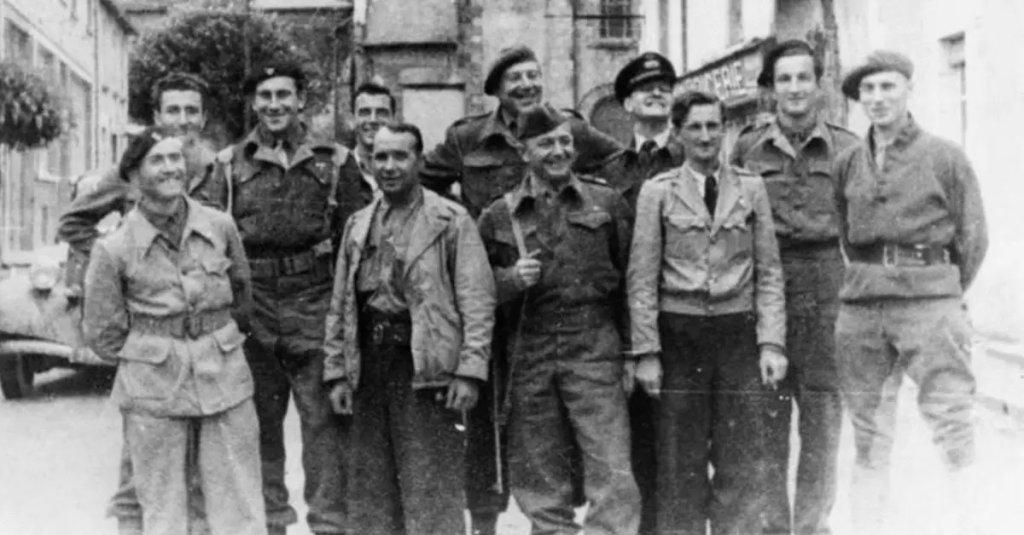In 1940, following the fall of France, Winston Churchill authorized the establishment of a volunteer fighting force to wage a secret war against Hitler’s armies. This unique force became known as the Special Operations Executive (SOE), and their main mission was sabotage and subversion behind enemy lines. Despite being shrouded in controversy, and being viewed with suspicion by other agencies — the Secret Intelligence Service (SIS) didn’t want their information-gathering operations disrupted with blown up bridges and factories — the SOE survived World War II and actually played a big part in winning the war for the Allies.
In a speech after World War II was over, General Eisenhower even stated, “The disruption of enemy rail communications, the harassing of German road moves, and the continual and increasing strain placed on German security services throughout occupied Europe by the organized forces of Resistance, played a very considerable part in our complete and final victory.”
For the SOE, sabotage meant blowing up trains, bridges and factories. Subversion was about fostering revolt and/or guerilla warfare in all enemy and enemy-occupied countries. The most unique element of the SOE is the fact that while the senior staff were ex-public school and Oxbridge, the agents were people from all walks of life, for example, former chefs, electricians, and journalists.
The SOE’s first headquarters was set up in November 1940. At the same time, they established mansions from the Highlands to the New Forest for training. At these sprawling estates the potential members of the SOE were trained to kill with their bare hands, disguise themselves, derail trains, and get out of handcuffs with a thin piece of wire and a diary pencil. If they passed this intense training as well as a grueling parachute course, then they were considered fit to be a part of the SOE.
In order to give the agents more of an edge, the SOE also employed budding scientists to invent unique weapons of war. These weapons included single-shot cigarette pistols, the sleeping beauty – a submersible canoe – and carborundum – an abrasive grease when smeared on the right spot could bring a locomotive to an immediate standstill. They also established the Camouflage Section which created fake tree trunks to conceal radio equipment, and fake camel dung that hid a booby trap that could blow the tire off an enemy truck. To top it all off, the SOE, also had a False Documents section where agents collected bogus identities and fashion companies outfitted agents with suits and dresses.

The SOE conducted many successful missions of sabotage and subversion throughout the War. Their first headline success was in June of 1941 when they blew up the Pessac power station in France. This precision mission halted all work at a vital U-boat base in Bordeaux and crippled the all-electric railways in the region. Then in Czechoslovakia in 1942, the SOE assassinated Himmler’s deputy, Reinhard Heydrich, with a grenade. Later that year in Greece they blew up the Gorgopotamos bridge, which carried vital supplies for Rommel’s army in the desert. And in Norway, in 1943, the SOE destroyed the heavy water plant in Vemork, effectively ending the Nazi atomic bomb program.
While other secret agencies shared a mutual dislike for the SOE, their successful missions played a large part in the Allies’ eventual victory. Without the sabotage and subversion of the Special Operations Executive the outcome of World War II could have been very different. The price was high, but the SOE performed their missions to the letter. Finally, with no war left to fight, the SOE was disbanded forever in 1946. The Agents of the SOE were sent back to their normal lives, and most of them carried the secrets of their wartime missions and victories to their graves, never even telling those closest to them what role they played in the Allied victories of World War II.


